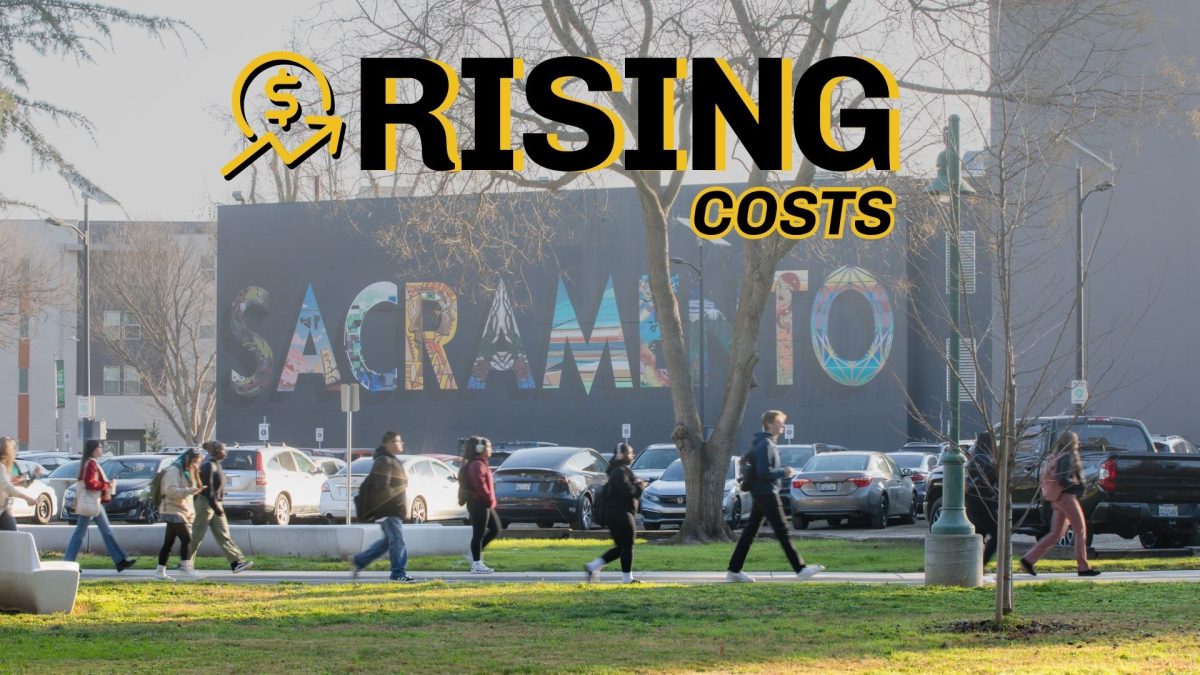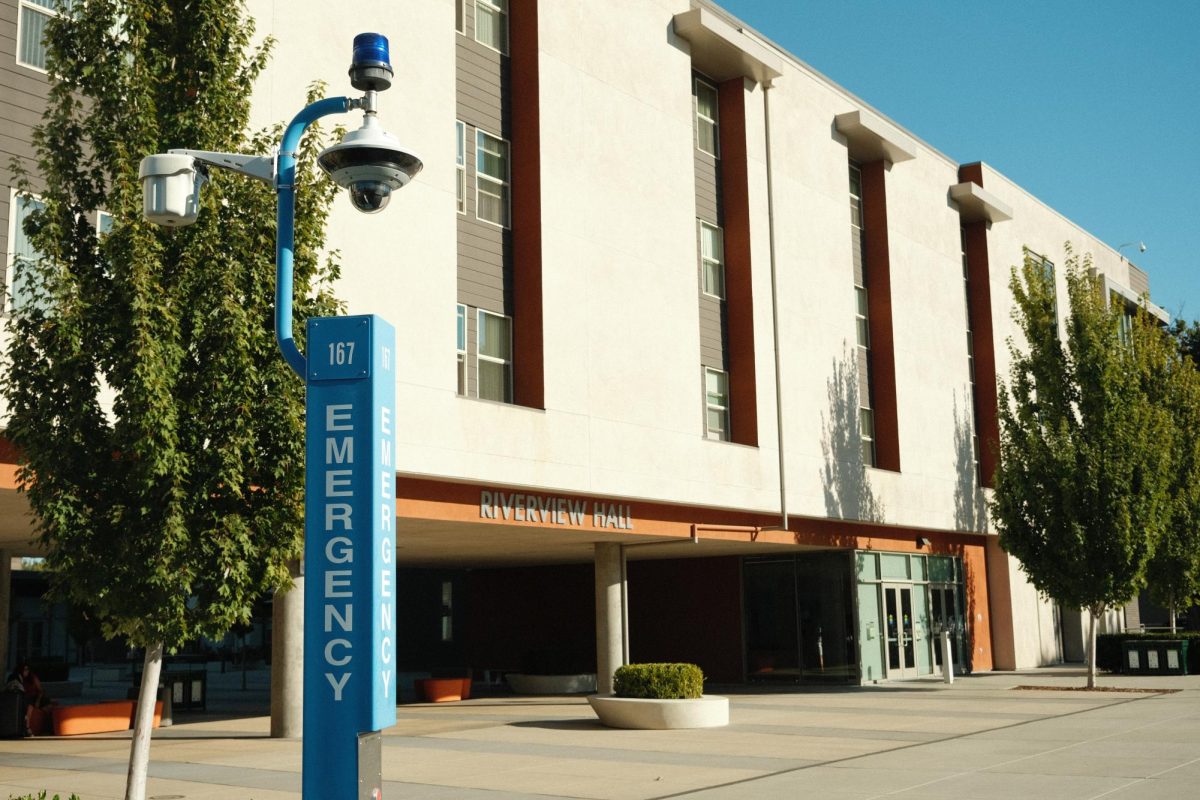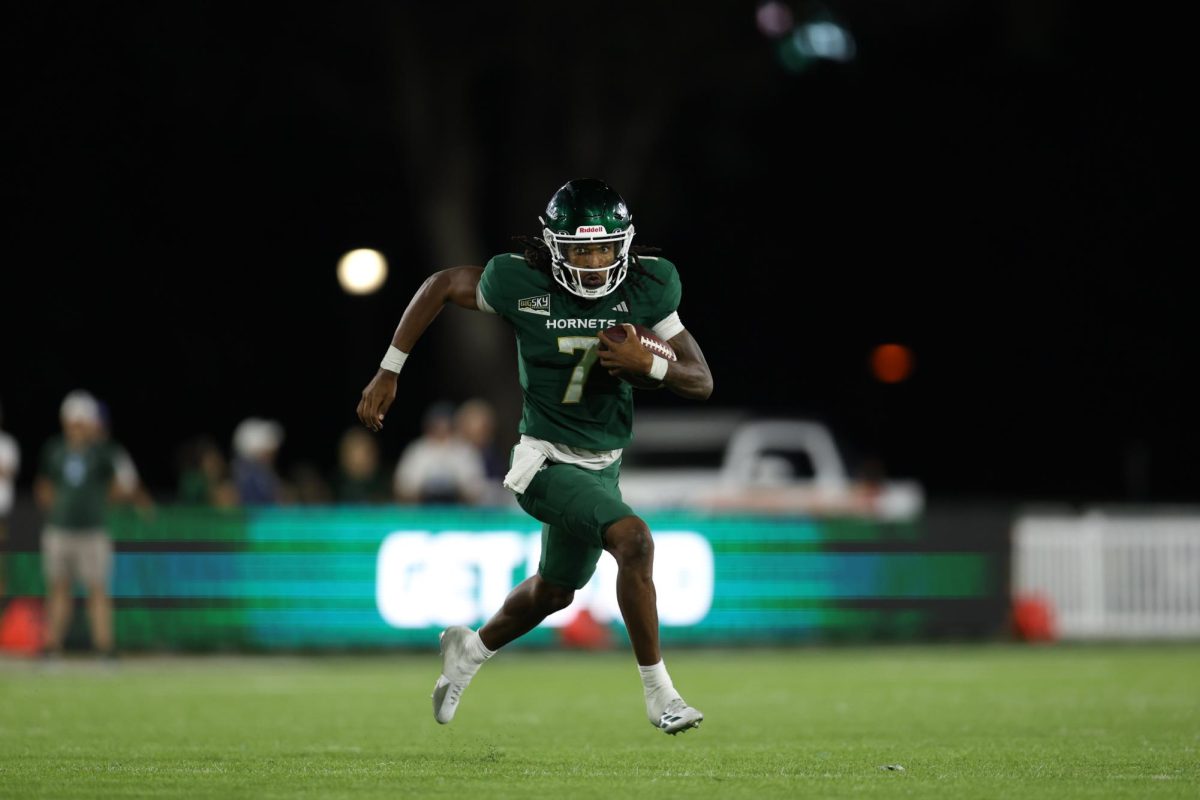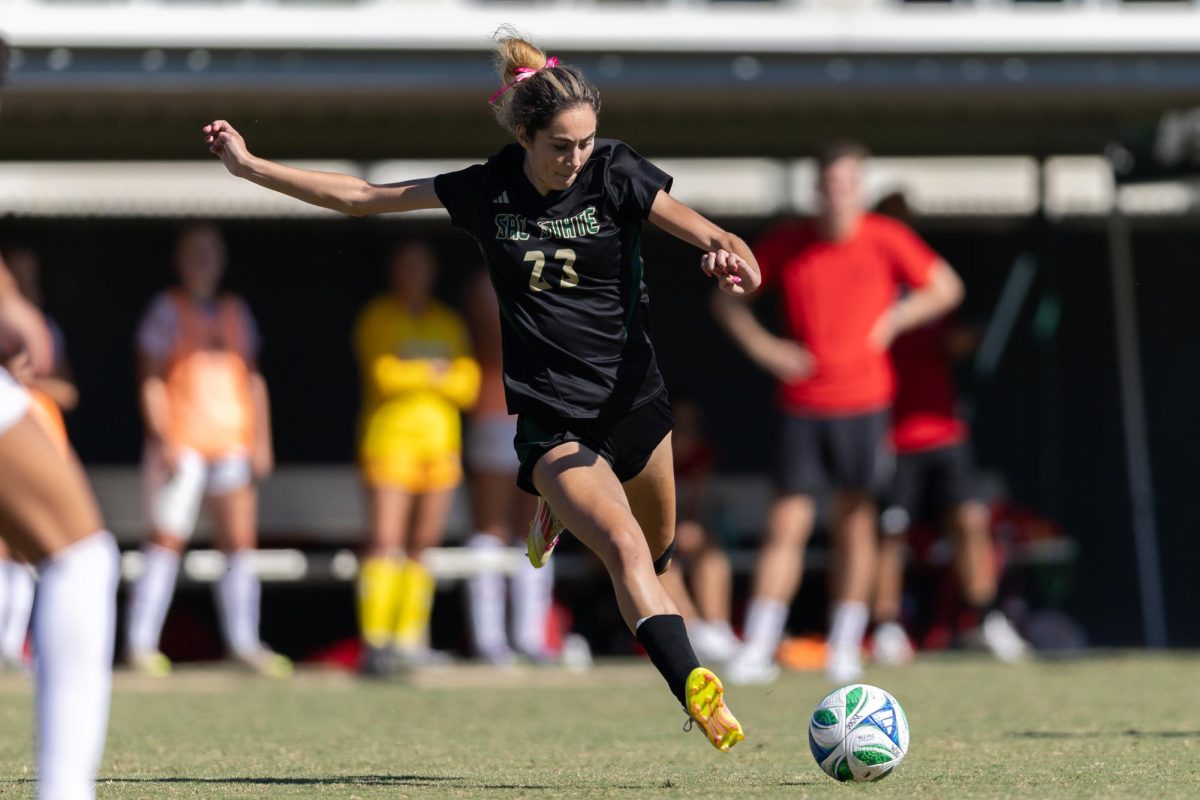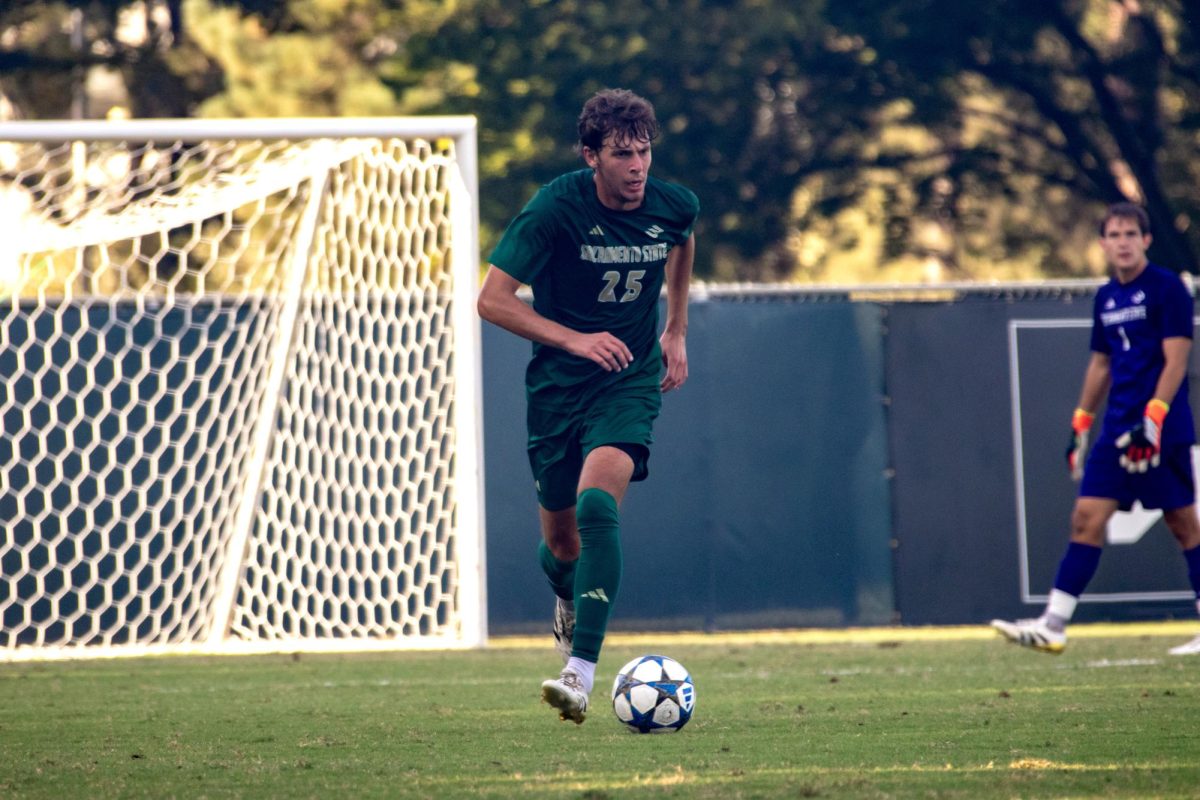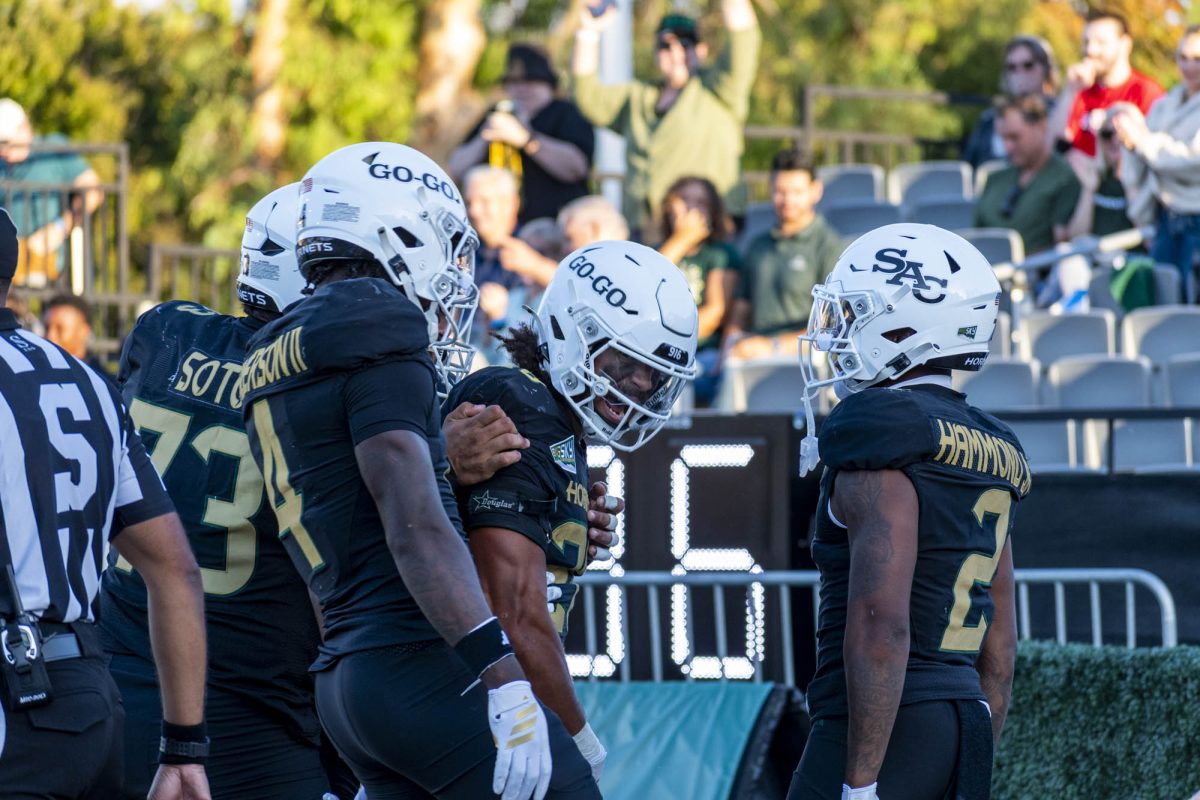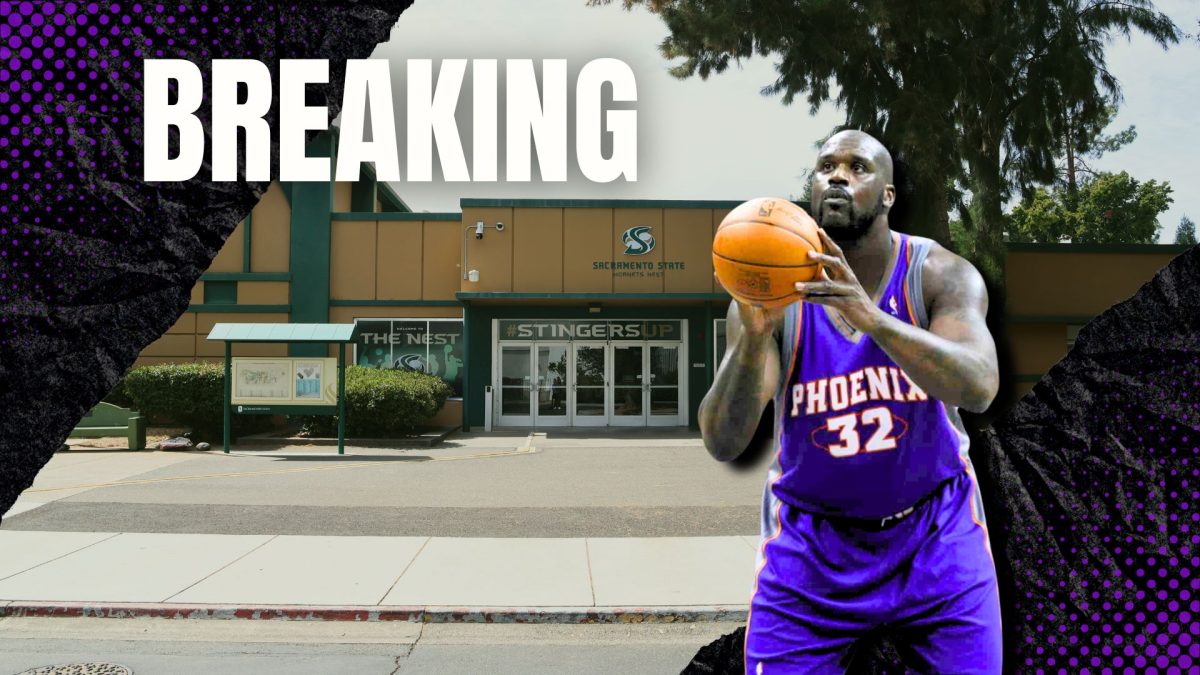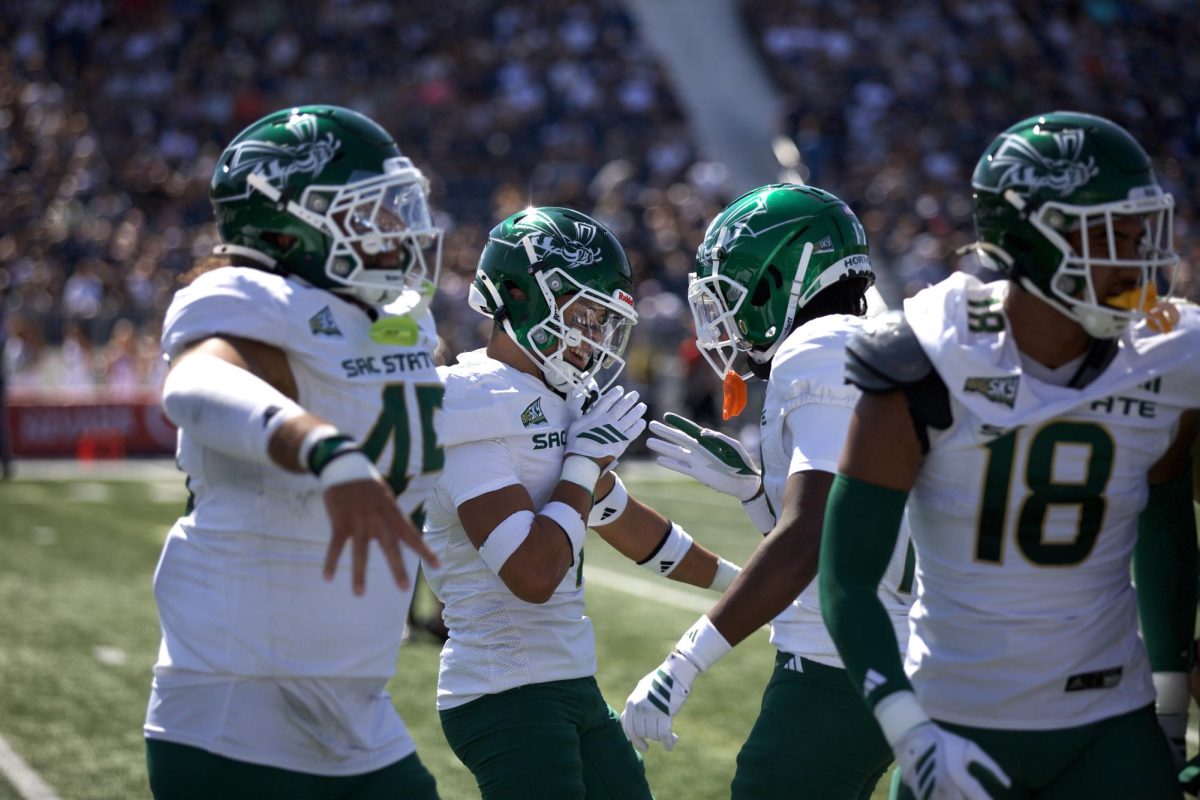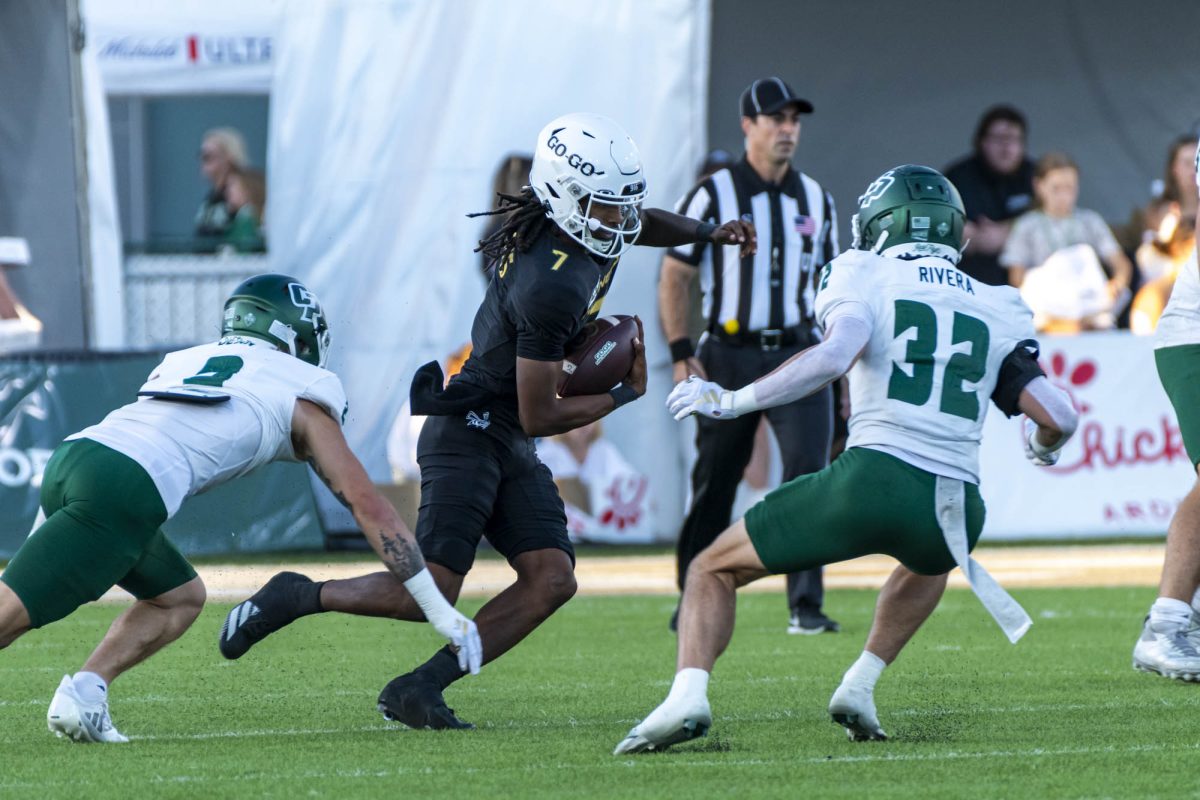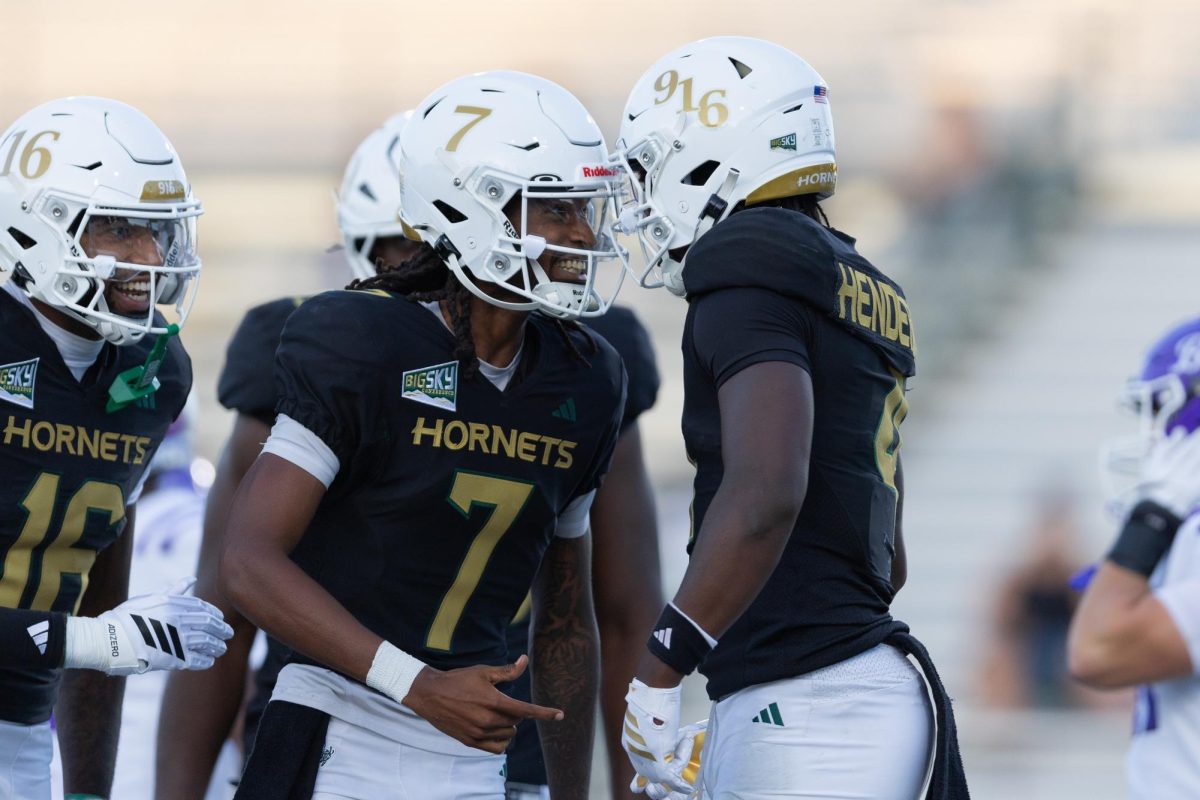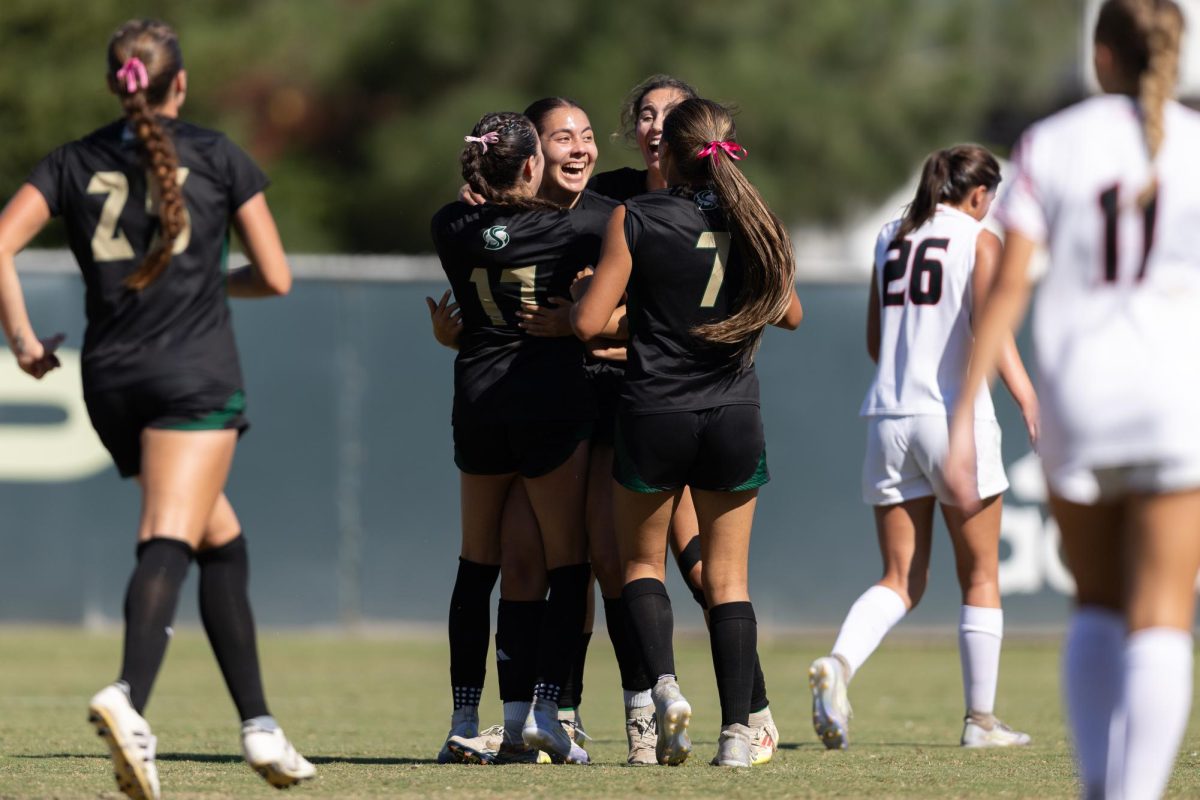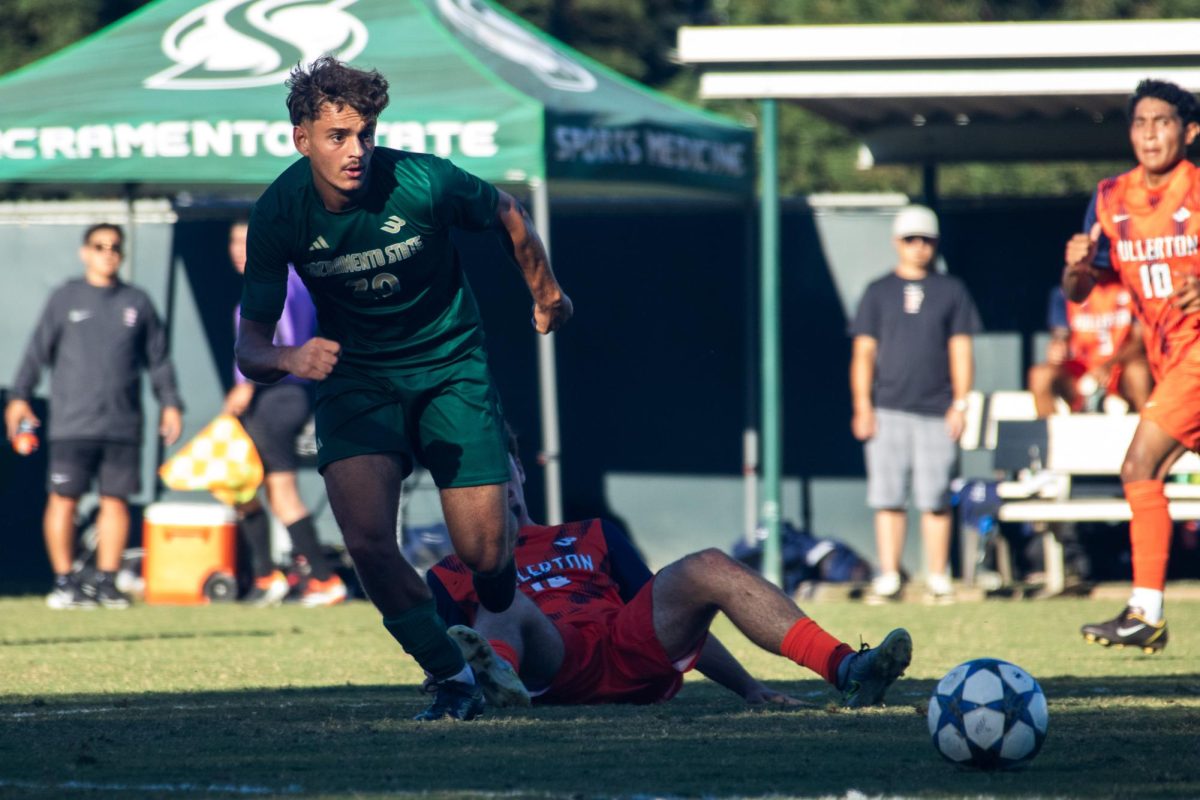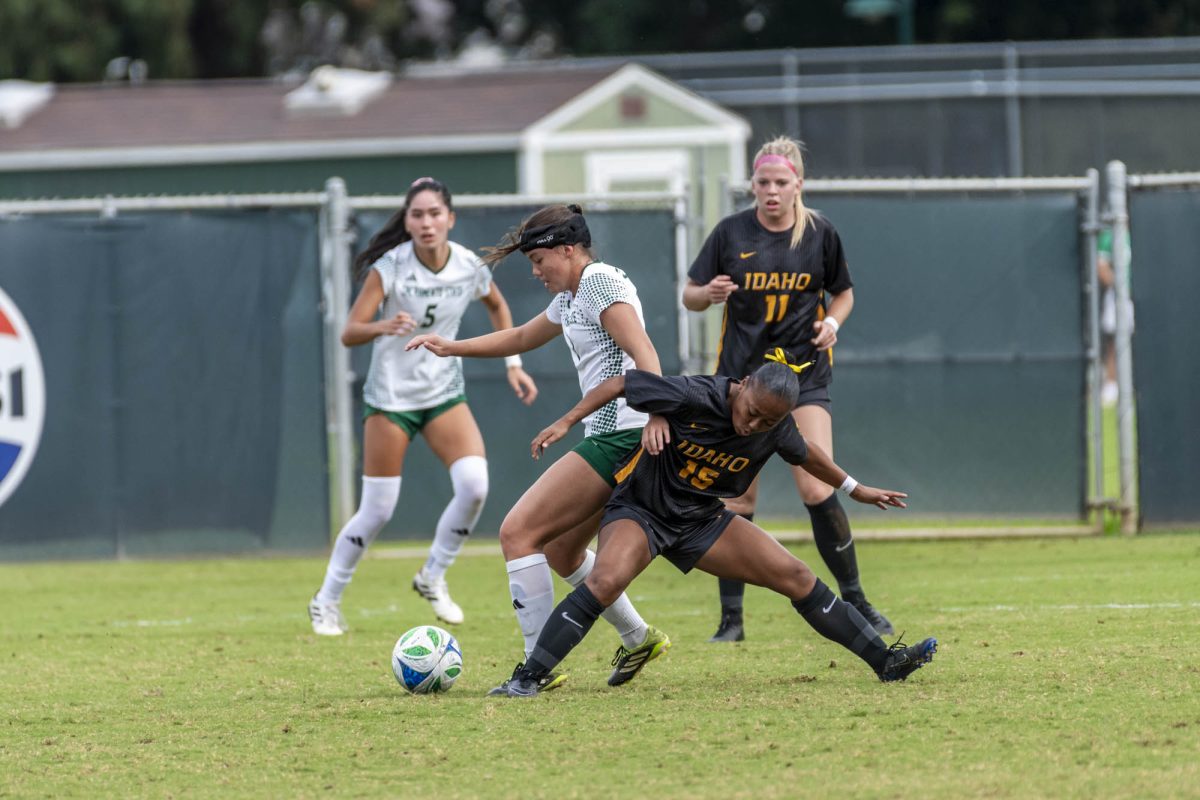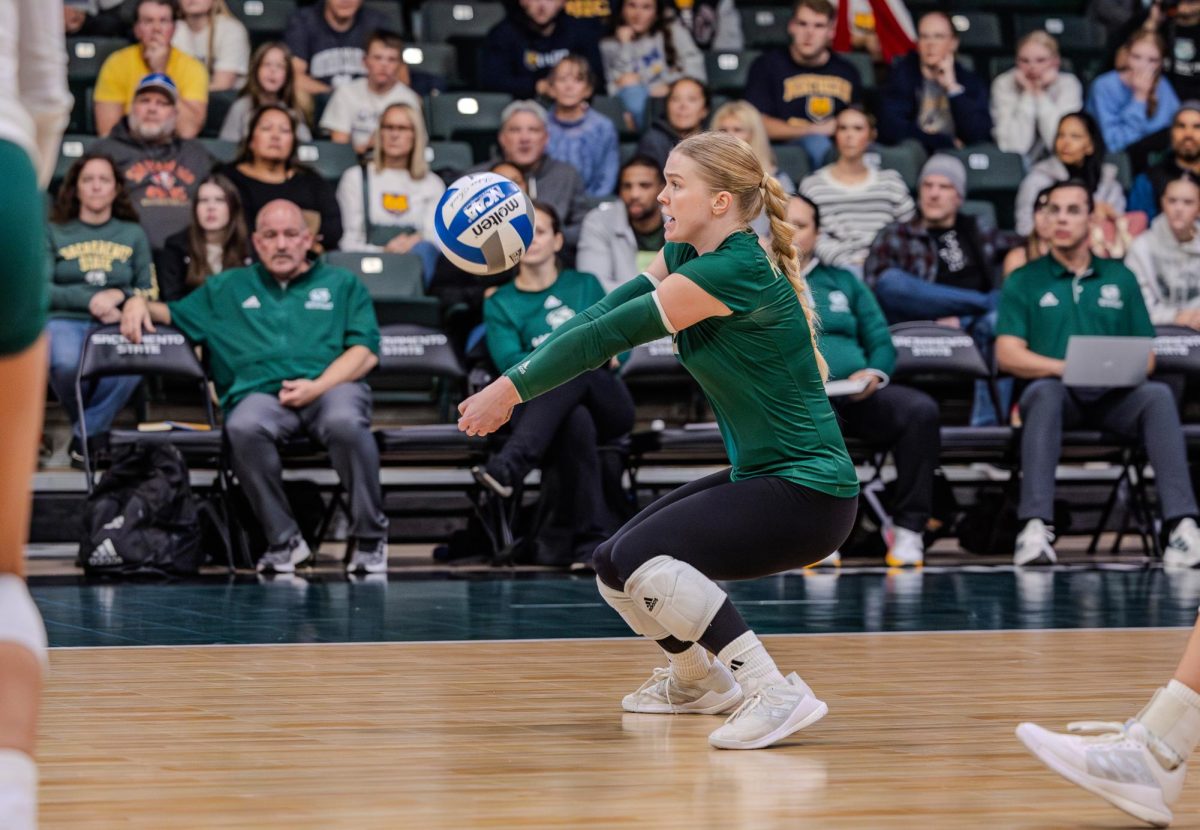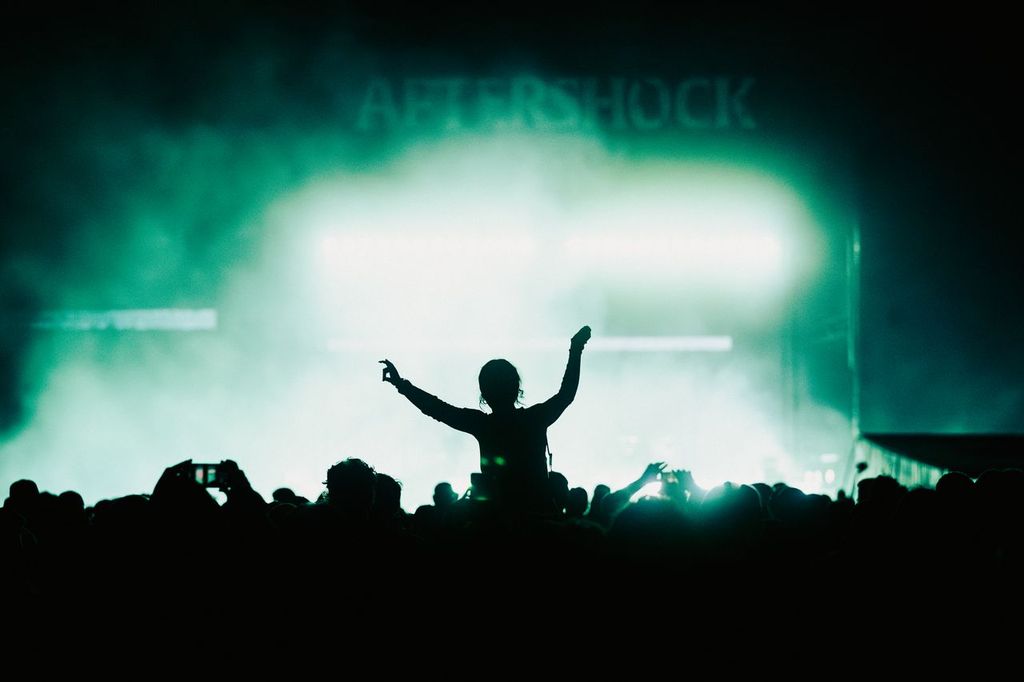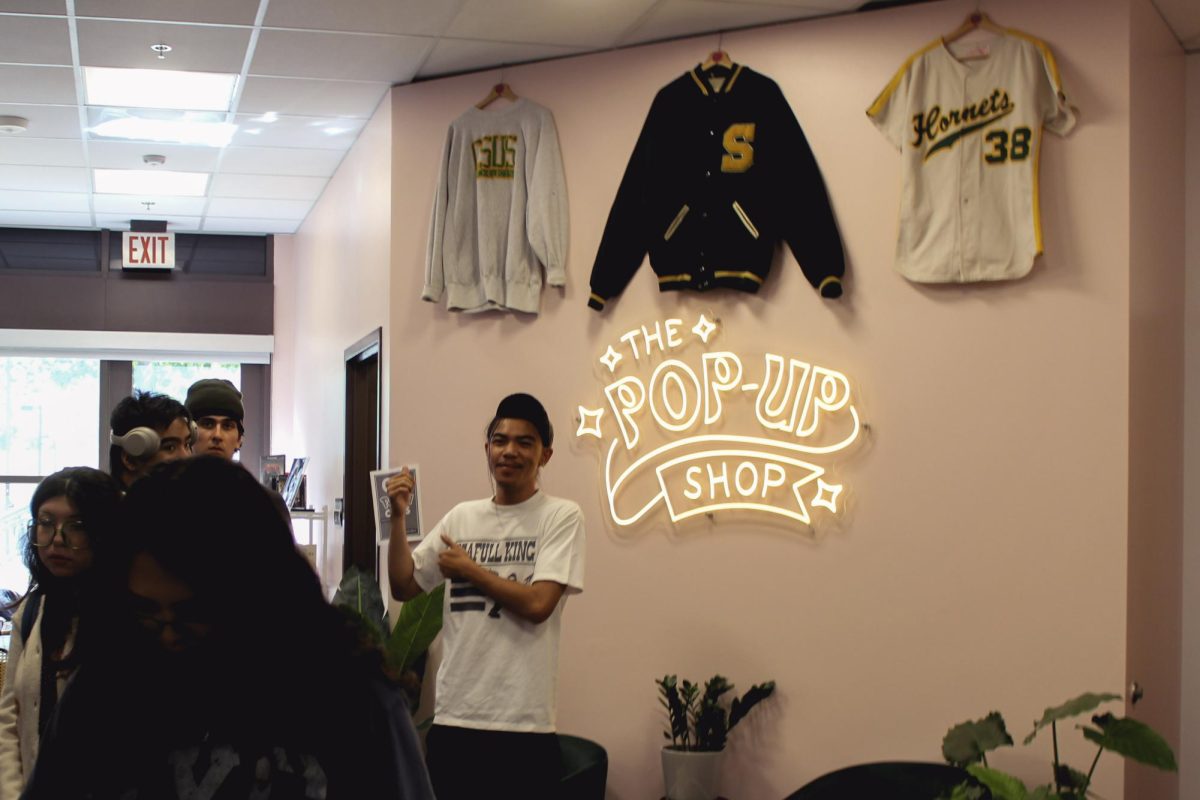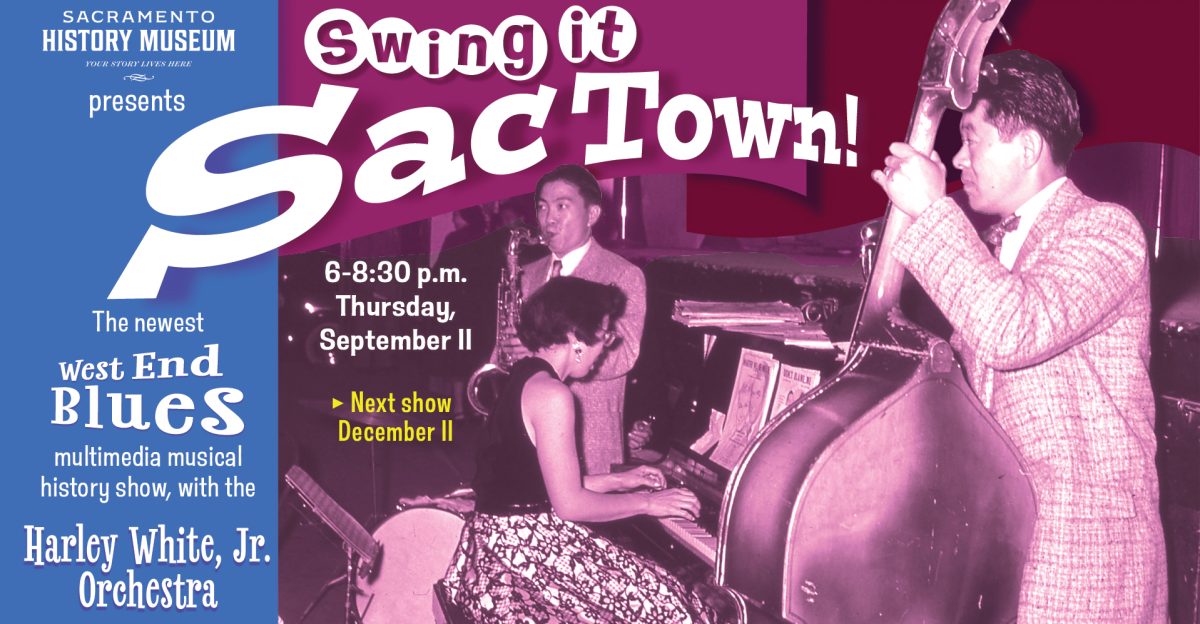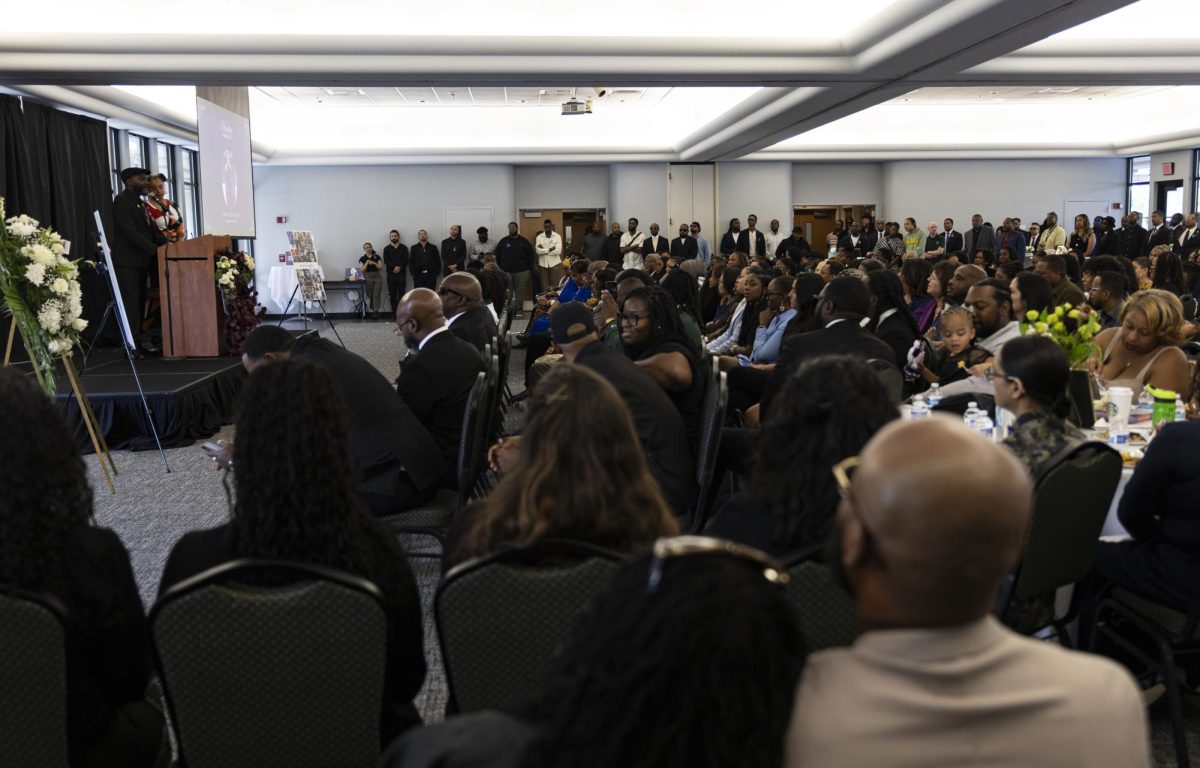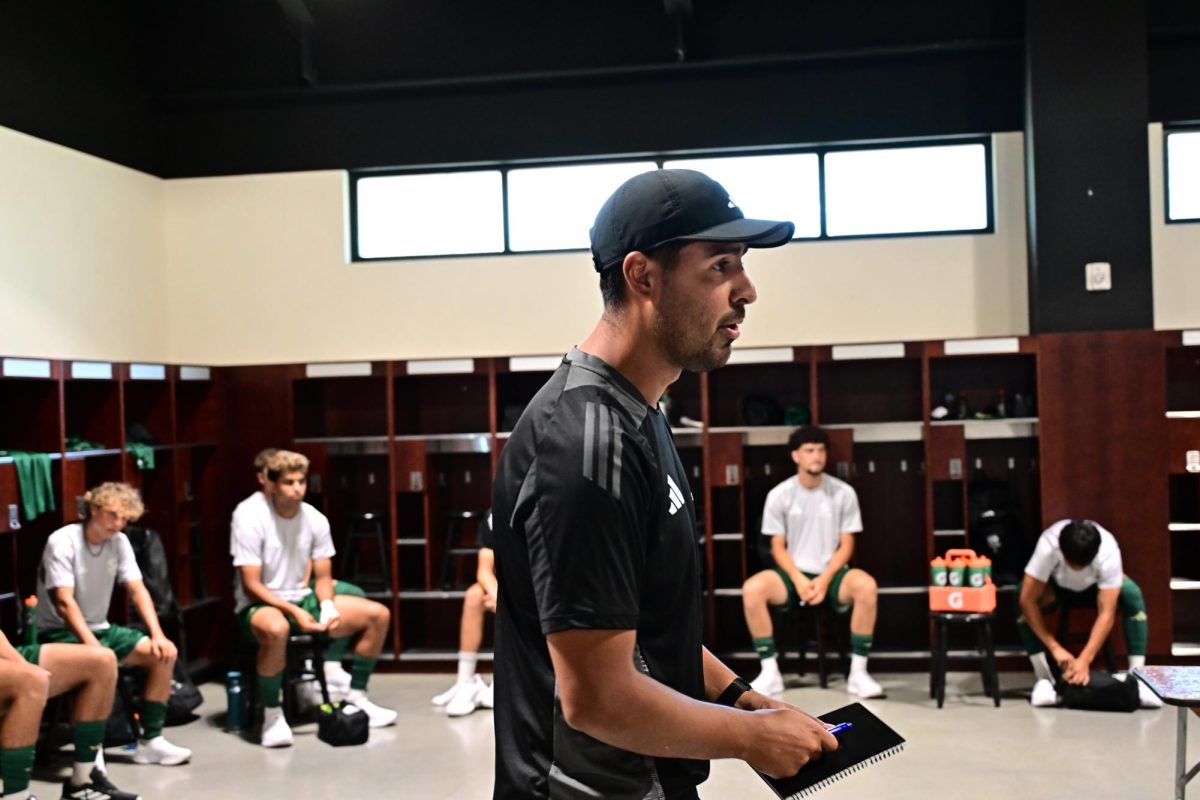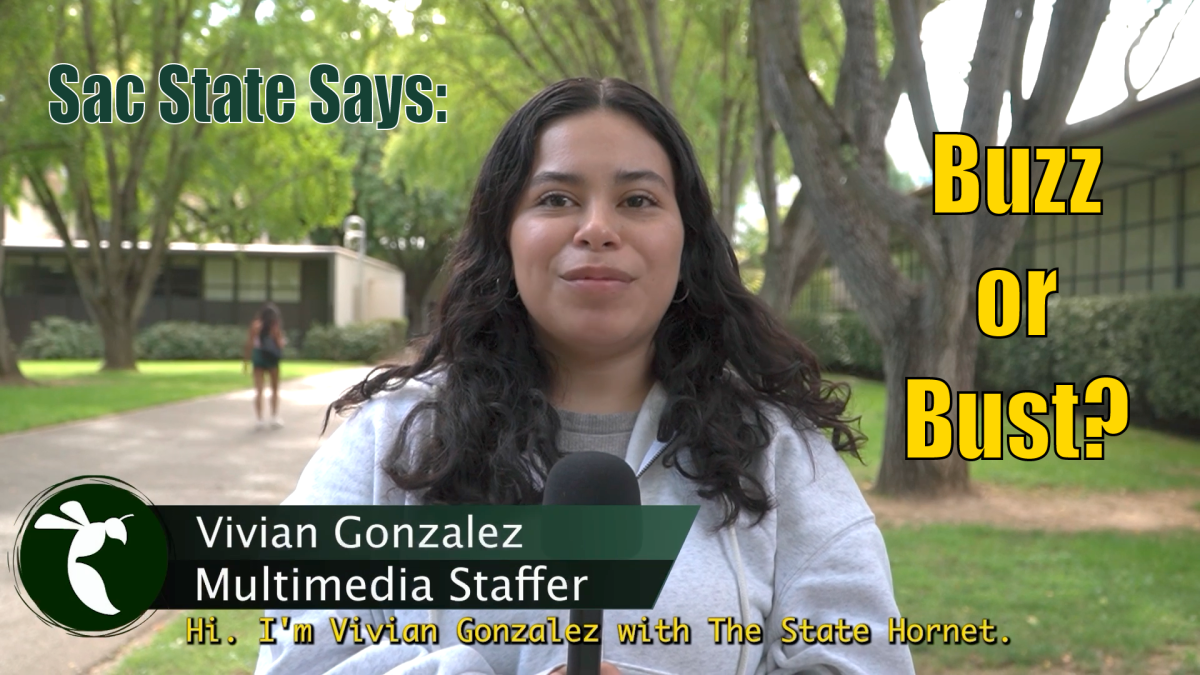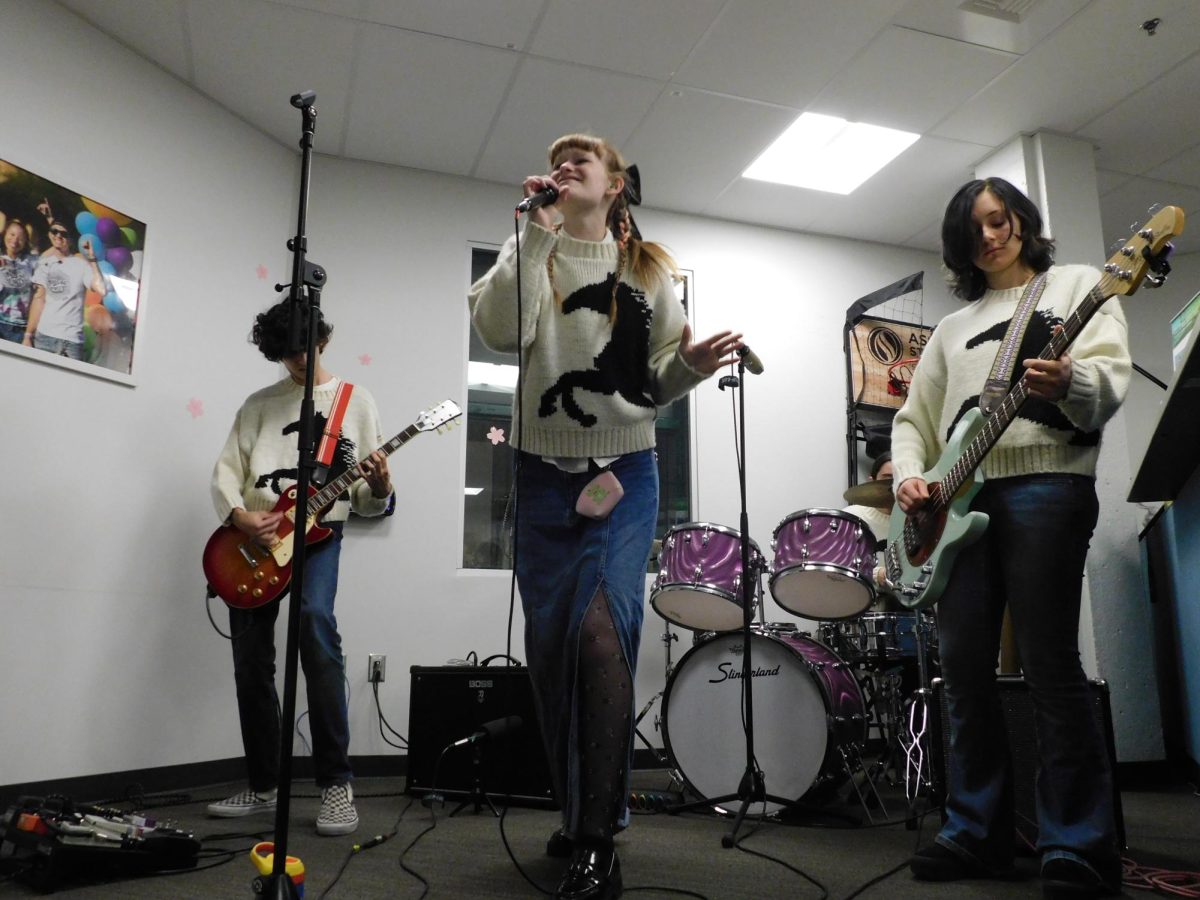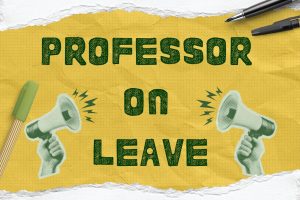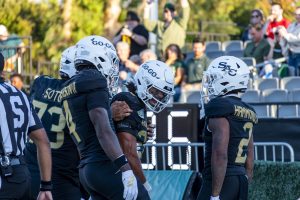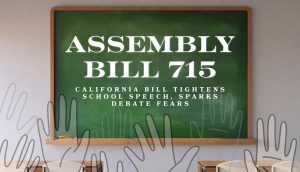Laptop, or Not?
February 27, 2007
Sacramento State students in the 21st century have more access to information and technology than ever before and they are using this access to their benefit – by bringing technology into the classroom.
Sac State does not have an official laptop policy in lecture halls. Instead, the administration allows each individual educator to set the policy for each of his or her classes.
Many faculty members allow students to use laptops for all class days except for quizzes and exams.
“In a lecture setting the laptops can be very useful,” Chemistry Professor Cynthia Kellen-Yuen said. “I don’t mind students bringing them to class, except for test days.”
Other professors prohibit laptop use for their classes right out of the gate.
James Shoch, a government professor, prohibits laptops and outlines it in his course syllabus that states, “NO LAPTOPS – a clever way to look attentive while e-mailing your friends or surfing the Internet.” Shoch requires his students to take notes the old-fashioned way.
As Sac State has improved wireless access on campus so that students can surf the Internet more efficiently, many students take advantage of Internet access during class hours.
Students merely need a SacLink account to log onto the Sac State network. From there, they can be downloading music and searching MySpace – an instructor’s worst nightmare. Math Professor Martin Hauser, who has taught at Sac State since 1995, prohibits laptop use in his class not only because they can be distracting, but also because they are not practical for his class.
“I do not allow laptops because they do not provide any advantage over graphic calculators,” he said.
Adam Throne is an undeclared major who has been at Sac State for four years. He admitted to using his laptop for personal use occasionally, but said that it is used more for school business than for pleasure.
English major Kerry Phillips said laptops are not always useful. “I bring it depending on the situation. For lectures it is useful, but I don’t use it for general class discussions,” Phillips said.In addition, some students bring PDAs or Palm Pilots to campus.
Still, students may not be as sly about their in-class Internet usage as they think they are.
“I will receive e-mails from my students and I can tell from the time stamp that they are doing it in class, and that leads me to believe they are using the Internet for personal use during class time,” Associate Professor of Anthropology David Zeanah said.
Students who are unsure about an individual professor’s policy toward laptops in the classroom can always clarify it with the instructor, Zeanah said.
English Lecturer Jeanne Rodgers said that she normally does not allow students to bring laptops to class unless they ask her permission first.
Still, not all students are fond of the wave of technology in the classroom.
John Moreno is a second year government major who is fed up with laptops in the classroom.
“It’s a distraction,” he said. “It’s annoying. If you sit in the back, you can have three or five laptops in front of you, all with different screens. You are not trying to be nosy, but the screens are all in front of you and it is difficult not to look. The sound of the typing can be irritating as well.”
Government and criminal justice major Bryan Moore said he normally does not bring his laptop to class because it gets in the way. He said that many of his classmates surf the Internet during class, but he uses his laptop strictly for school use when he brings it.
Family and social issues instructor Ann Moylan has been at Sac State for more than 20 years. She sees the value of laptops.”I wish every student had a laptop,” Moylan said. “If I see a student being distracted by a laptop I will take action, but I was not hired to police the students. This is adult education, students must take responsibility for themselves.”
Destination 2010, Sac State’s initiative to make the campus a destination campus over the next several years, includes adding wireless access across campus and “smart classrooms.” Currently, the campus is about 90 percent covered with wireless Internet.
“Smart classrooms” have Internet capabilities, extra outlets for students to plug in their laptops and advanced overhead projectors. All of the new buildings on campus, including the Academic Information Resource Center were built “smart.” Older buildings on campus such Mendocino Hall and Mariposa Hall have been updated, and most of the classrooms in each building are now “smart.”
Students can also access the Internet outside of class at one of the eight computer labs on campus, as well as inside the University Union.
Jordan Guinn can be reached at [email protected]



